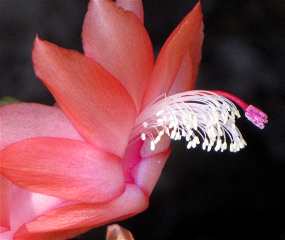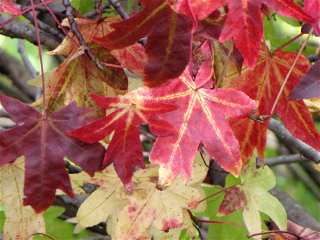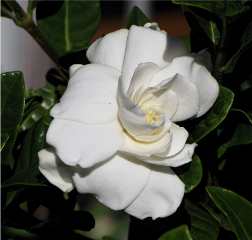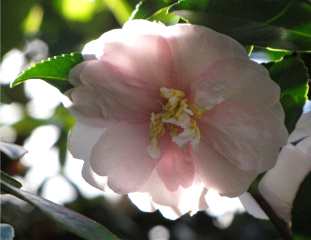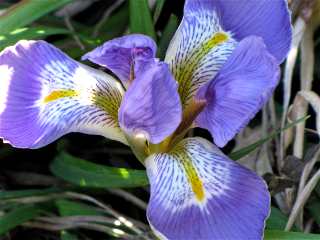The tui are back!
Unfortunately, this isn’t a very good photo of a tui in a large banksia tree. The trees are full of these marvellous birds, a real sign for us that autumn is here. They stay until the end of spring and then head off to goodness knows where before returning in late autumn for the banksia flowers.
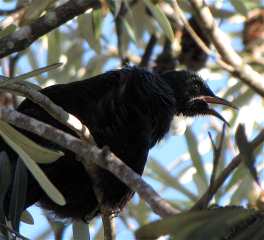
A tui in a banksia tree. Photo: Sandra Simpson
I’m sure they know when I’ve arrived with my camera and keep high in the trees, laughing their heads off!
Tui are well known to have “dialects” and ours are pretty raucous – coughing, wheezing, rattling, rusty gate – without too much melody, but I wouldn’t have them any other way.
They chase each other at speed through the trees, someone once described them to me as “boy racers”, saying they were like teenagers trying out their speed and skill – and they’ll gang up on other birds too.
Read more about tui, Prosthermadera novaeseelandiae, and hear some of their song, here.
Last week I heard an unusual call from our oak tree – sort of like a rosella (which we’ve got used to now as they’ve setlled in) but not really. I wandered around under the tree for a bit trying to spot it, but couldn’t. And then a couple of tui arrived and sent it packing and gave me a glorious view of the orange underwings of a kaka (Nestor meridionalis).
About 10 years ago we had kaka coming across from Mayor Island each winter but they haven’t been in our garden or street for about five years, so it was exciting to see one back, even if just for a short time.
In fact, when I took the photo of the tui yesterday, the street’s sky was full of swallows darting all about, honey bees, bumblebees, tui and monarch butterflies. Lovely.

